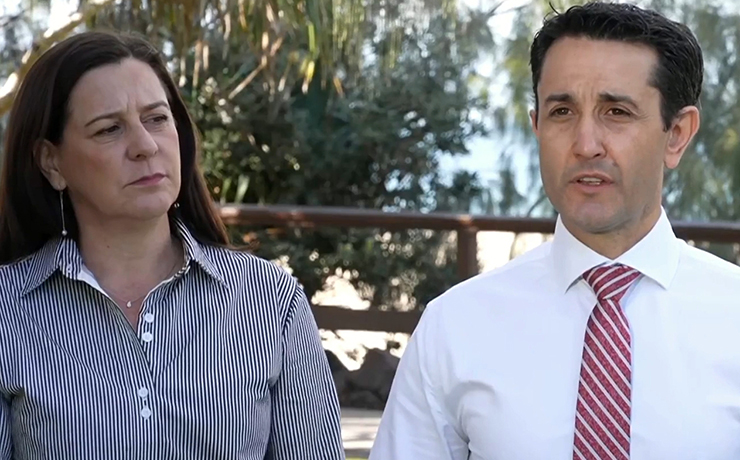
December 7, 2020
Australian farmgate production is expected to be $65 billion in 2020-21 on the back of the nation’s second largest winter crop and promising rainfall outlook, according to the Australian Bureau of Agricultural and Resource Economics and Sciences (ABARES).
ABARES’ December quarter 2020 Agriculture Commodities report points to continued recovery for the farming sector from drought.
“Overall, Australian agricultural production is bouncing back,” executive director Dr Steve Hatfield-Dodds said.
“We’re expecting a near all-time high winter crop, the best ever in NSW, and a more favourable outlook for summer cropping than we have seen in recent years.
“Livestock prices have also stayed high with herd and flock rebuilding, and continued international demand.”
In 2020–21 the gross value of agricultural production is forecast to rise by 7 per cent to $65 billion, a revision from the September forecast.
The main driver has been an upward revision of broadacre crop production due to continuation of favourable growing conditions over spring.
Strong competition for cattle between processors and graziers has also led to an upward revision of saleyard prices.
Saleyard prices are likely to ease from their current very high levels as international demand moderates in the latter half of 2020-21.
Higher grain production will flow through to agricultural exports, but the overall value of exports is still forecast to fall by 7 per cent year-on-year to $44.7 billion in value terms.
This is because recovery from drought is limiting production and exports of livestock products and fibres.
Prices for crops are falling back to world parity levels, and these remain low following several years of record world production.
COVID-19 containment measures have had a limited impact on agricultural markets due to consumers switching from restaurants to home consumption.
“Exports have continued to find markets during the pandemic but the residual effect of past dry seasons and trade uncertainties are pushing down export value,” Dr Hatfield-Dodds said.
“Recovery from drought is limiting production and exports of livestock products and fibres, with meat prices also falling as the African Swine Fever impact on China’s pork production begins to lessen.
“There are a number of risks present for the rest of 2021 that remain a watch point, including wine trade with China and labour shortages for the horticulture sector.”
- External link: Agricultural Outlook





















